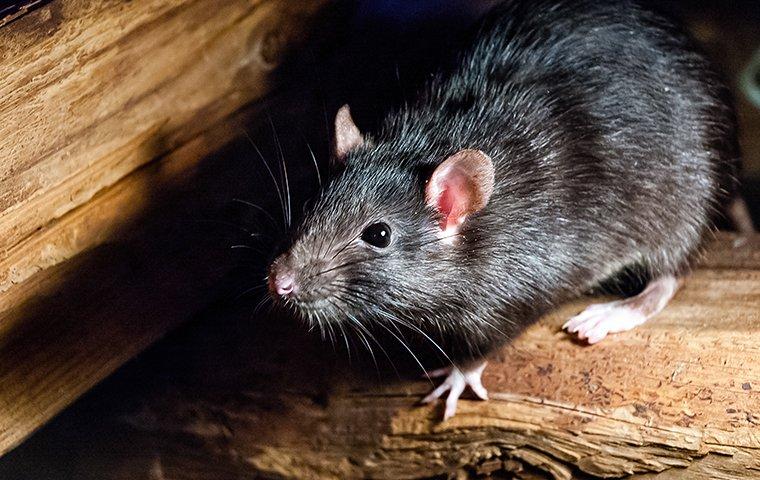Roof Rats San Francisco

In california both the norway rat and roof rat cause significant problems for property owners.
Roof rats san francisco. The norway rat also called the brown wharf or sewer rat can be found virtually everywhere humans live. 3 of 10 the roof rat or black rat rattus rattus also is one of the most common rats in san antonio and the nation. You can have a minor rat problem without ever seeing a rat. Norway rats are reddish brown with gray undersides.
The three important urban rodents are norway rats roof rats and house mice. Roof rats are long and thin rodents that have large eyes and ears a pointed nose and a scaly tail. Both grow upwards of 15 inches from nose to tail but vary in color and behavior. They inhabited groceries warehouses feed stores poultry houses and grain warehouses.
Roof rats have soft and smooth fur that is typically brown with intermixed spots of black. On the farms they lived in barns and corncribs. Only where populations are relatively high does one see them frequently in the daytime. Their undersides are often white gray or black.
San francisco s rodent control efforts are a proactive and complaint based program to identify and control rat and mice infestations in the city and county of san francisco. Adult roof rats measure 6 8 16 20 cm when combining their head and body length. Rats are members of the rodent family a group that also includes gophers squirrels and mice. Roof rats are climbers and usually live above ground such as in attics while norway rats commonly known as sewer rats are stockier rodents and burrow underground in building foundations.
Roof rats prefer attics while norway rats are more partial to garages but they both will take what they can get. The roof rat also know as the black rat is omnivorous and largely nocturnal. Globalp getty images istockphoto 4 of 10 one way to tell a norway rat. The most likely culprits are roof rats which seem to be on the rise in bay area neighborhoods of all economic levels.
Roof rats which can grow to a body length of 10 to 12 inches are often mistaken for squirrels and can be gray brown or black.












































